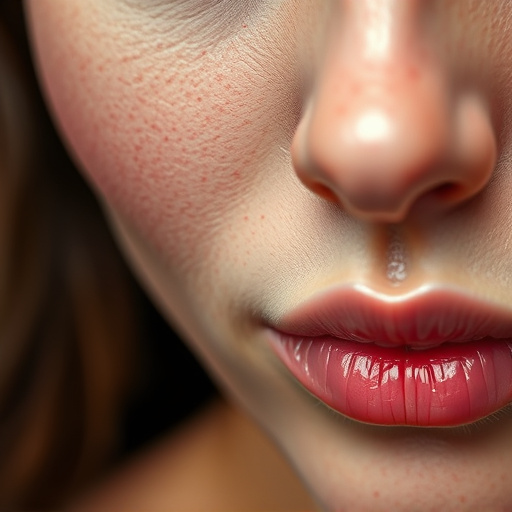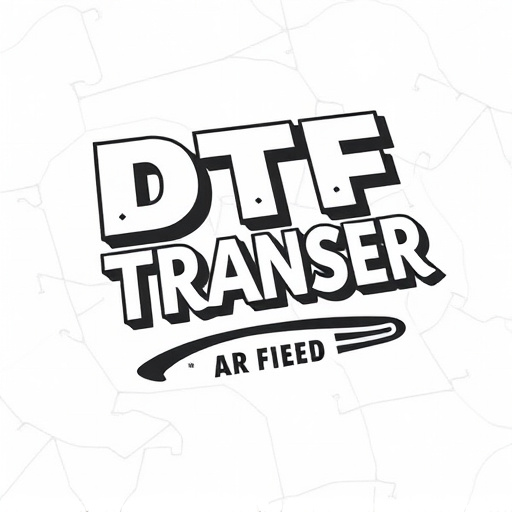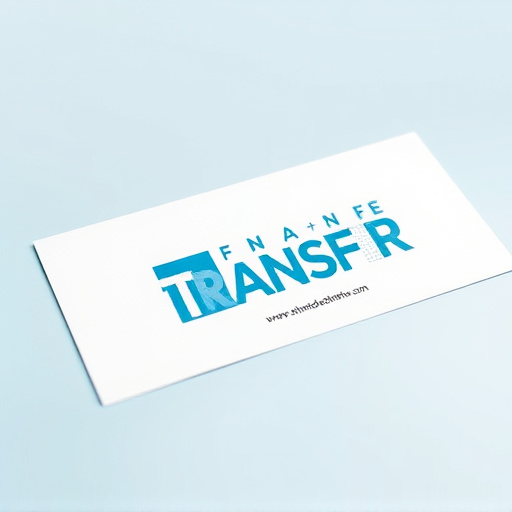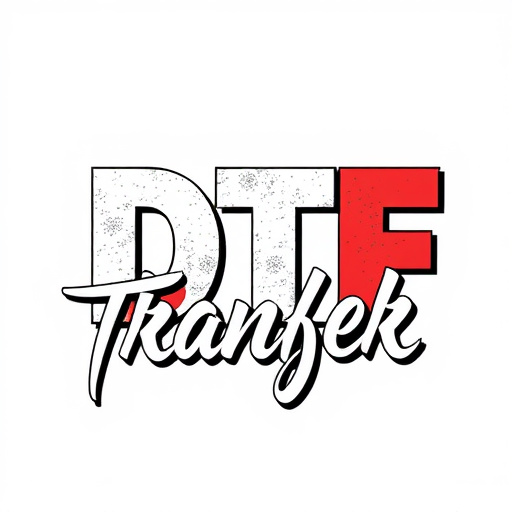Direct-to-Film (DTF) transfers offer a cutting-edge method for creating high-quality prints with precise color reproduction and sharp detail. This process involves printing digital images directly onto film using specialized printers. DTF is ideal for archival and special effects applications, providing swift turnaround times for urgent projects. However, stringent quality control measures are essential to identify issues like poor color accuracy or print defects early in production. Visual and technical trials ensure optimal DTF transfers by comparing prints to source material, checking image clarity, detail retention, and key parameters. Regular equipment calibration, high-quality materials, clean printing surfaces, and mastering advanced DTF techniques further enhance the process for superior DTF prints.
In the realm of film preservation and restoration, Direct-to-Film (DTF) transfers have emerged as a game-changer. This innovative process offers a robust solution for converting analog films to digital formats, preserving their original quality. However, ensuring optimal DTF prints requires meticulous quality assessment. This article guides you through understanding DTF transfers, the importance of testing, preparing your films, conducting trials, analyzing results, and optimizing the DTF printing process, ensuring beautiful, archival-quality digital prints.
- Understanding Direct-to-Film (DTF) Transfers: A Brief Overview
- The Need for Quality Assessment in DTF Transfers
- Preparing Your Films for Accurate Testing
- Conducting Visual and Technical Trials: A Step-by-Step Guide
- Analyzing Test Results: What to Look For
- Implementing Improvements: Optimizing Your DTF Printing Process
Understanding Direct-to-Film (DTF) Transfers: A Brief Overview

Direct-to-Film (DTF) transfers involve a process where digital images are printed directly onto film stock, bypassing intermediate digital steps. This technique offers an alternative to traditional printing methods, providing unique advantages for various applications. DTF is particularly appealing in situations requiring high-quality, durable prints for archival purposes or special effects in films and animations. The process involves specialized printers that lay down ink directly onto the film’s surface, creating sharp, vibrant images capable of capturing intricate details.
DTF Printing offers a direct and efficient way to produce high-resolution prints. Unlike other methods, DTF avoids the potential issues of color shifting or loss of detail during the transfer stage, ensuring that the final prints closely match the original digital source. This makes DTF ideal for professionals in fields like film production, animation, and fine art who demand exceptional visual fidelity. Additionally, DTF Transfers facilitate a faster turnaround time compared to traditional printing methods, making them suitable for urgent projects or situations where prompt delivery is essential.
The Need for Quality Assessment in DTF Transfers

Direct-to-film (DTF) transfers have gained popularity in recent years as a convenient and efficient method for creating prints. However, with this rise comes the need for rigorous quality assessment to ensure that DTF prints meet the desired standards. The process of DTF printing involves transferring ink directly onto film, which is then used to create high-quality prints on various materials. This innovation streamlines production, making it a preferred choice for many businesses. However, without proper evaluation, DTF transfers can result in subpar prints with issues like poor color accuracy, inconsistent resolution, or visible print defects.
Accurate quality assessment of DTF transfers is crucial to guarantee the reliability and longevity of the final prints. It involves examining factors such as ink density, color consistency across different films, and the overall sharpness and clarity of the image. By implementing comprehensive quality control measures, manufacturers can identify and rectify any issues early in the production process. This proactive approach ensures that DTF prints maintain their vibrancy, detail, and structural integrity, ultimately enhancing customer satisfaction.
Preparing Your Films for Accurate Testing

Preparing your films for accurate testing is a meticulous process designed to ensure every detail reflects the original vision. Before undergoing any DTF (Direct-to-Film) transfer or printing, it’s crucial to conduct thorough inspections and make necessary repairs. This involves checking for physical damage like scratches, tears, or fading, as well as addressing issues with emulsion quality and consistency.
Proper preparation includes cleaning the film meticulously using specialized solutions to remove dust, fingerprints, and other contaminants that could impact image quality. Additionally, ensuring proper exposure and development conditions during the DTF transfer process is paramount. By adhering to these precautions, you set the stage for achieving high-fidelity DTF prints, allowing for a comprehensive assessment of both the preservation of original content and the technical capabilities of the transfer method itself.
Conducting Visual and Technical Trials: A Step-by-Step Guide

Conducting Visual and Technical Trials for DTF (Direct-to-Film) Transfers is a meticulous process designed to ensure the highest quality assessments. Begin by preparing a representative sample of source material, ensuring its resolution and color accuracy meet the desired standards. Next, set up your testing environment with appropriate hardware: a high-resolution display or projector, a calibration tool for accurate color matching, and a printing device capable of DTF printing.
Proceed to conduct visual trials by displaying the source material and printed DTF transfers side by side, examining them under controlled lighting conditions. Focus on evaluating factors like image clarity, detail retention, color fidelity, and any signs of distortion or artifacts. Simultaneously, perform technical trials by measuring key parameters such as resolution, contrast ratio, and color accuracy using specialized tools. This step-by-step approach guarantees a comprehensive evaluation, enabling you to identify potential issues and make informed decisions for optimizing DTF transfer processes, ultimately resulting in exceptional DTF prints.
Analyzing Test Results: What to Look For

When analyzing test results for direct-to-film (DTF) transfers and DTF printing, several key factors come into play. You should assess the clarity and detail of the DTF prints, comparing them to the original source material. Look for any signs of artifacts, compression issues, or color discrepancies that might indicate a loss in quality during the transfer process. The integrity of the image, including its sharpness and contrast, is vital. Additionally, examine the overall resolution and whether it accurately represents the source file, ensuring no significant degradation.
Focus on identifying any patterns or consistencies in the test results to gain insights into potential problem areas. For instance, recurring issues with certain types of content (like high-contrast scenes or fine details) could point to specific challenges associated with DTF transfers. This analysis will help you understand the capabilities and limitations of the DTF transfer process, enabling you to make informed decisions about its suitability for various applications and ensuring optimal image quality for your projects.
Implementing Improvements: Optimizing Your DTF Printing Process

Implementing Improvements: Optimizing Your DTF Printing Process
Optimizing your Direct-to-Film (DTF) printing process is key to enhancing print quality and ensuring consistency in your DTF transfers. Start by calibrating your equipment regularly, as even slight deviations can impact final prints. Use high-quality materials, including top-grade film and ink, to minimize issues like smudging or inconsistent color reproduction. Regularly clean your printing surfaces and ensure they are free from debris or residue that could hinder adhesion.
Additionally, consider the print settings and adjust them according to your specific needs. Play with resolution, exposure time, and pressure to achieve the best results for different designs and materials. Training and familiarizing yourself with the latest DTF printing techniques can also help streamline your process, leading to more accurate and appealing DTF prints.














